Where Can You Buy a Raspberry Pi?
Raspberry Pis are difficult to get hold of in 2022, leaving makers, tinkerers, and home-server enthusiasts searching for reasonably priced hardware. But don’t despair: we’ve searched high and low to find places that have Raspberry Pis in stock.
Why Is It So Hard to Buy a Raspberry Pi?
The Raspberry Pi series is a range of single-board computers which made their debut in 2012. The first model offered relatively low performance at a low price, but subsequent Raspberry Pi models, such as the Raspberry Pi 2, Raspberry Pi 3 Models B and B+, and of course, the mighty Raspberry Pi 4, have dramatically improved specs, while maintaining a bargain-basement price tag.
Until 2021, that is: Pi lovers noticed there was a shortage of Raspberry Pis for sale at established outlets, and in accordance with the laws of supply and demand, there was no such thing as a cheap Raspberry Pi. Even the low-end Raspberry Pi Zero and Raspberry Pi Pico became difficult to obtain, while thoughts of getting hold of the retro-futuristic Raspberry Pi 400 with overclocking, an advanced cooling system, and integrated keyboard, were just Pi in the sky.
Eben Upton, CEO of Raspberry Pi, stated that despite supply chain difficulties, semiconductor shortages, and a global pandemic, the company was on track to build 7 million Raspberry Pis in 2021—the same number produced during 2020.
The problem comes from what Upton describes as «significantly increased demand»—possibly due to so many people taking up tinkering as a hobby, while trapped in their homes during much of 2020 and 2021. In October 2021, Raspberry Pi announced its first ever price increase, with the 2GB Raspberry Pi 4 taking a $10 leap from $35 to $45. Despite this, it is difficult to buy any Raspberry Pi model for around this price point.
Where to Buy the Raspberry Pi 4
The Raspberry Pi 4 (aka 4B) is Raspberry Pi’s flagship model, and comes with a quad-core A72 64-bit processor, Gigabit Ethernet, two USB 2.0 ports, two USB 3.0 ports, and with RAM of up to 8GB. It’s a powerful beast, and is often employed as a home server, a retro gaming emulator, or in projects which require significant resources.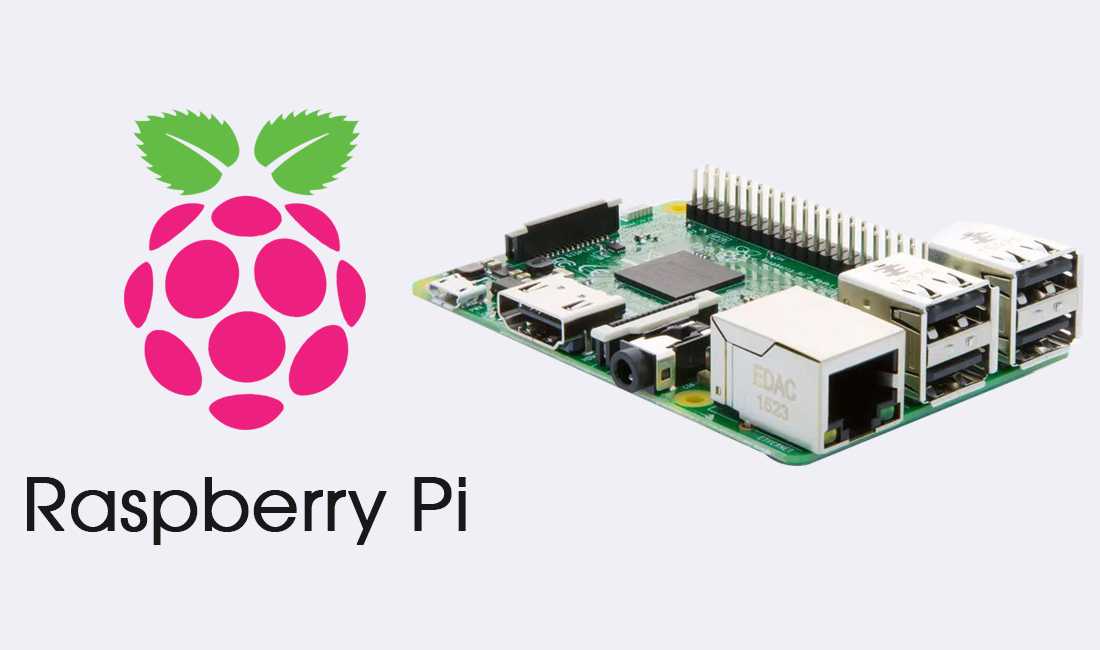
Raspberry Pi still lists prices as «starting from $35», but thanks to increased demand, individuals or companies who are able to buy at this price often resell at a huge mark-up.
Recommended Raspberry Pi retailers are usually out of stock; however, if you’re lucky, you may be able to purchase a Raspberry Pi 4 from Adafruit for between $45 and $75. Microcenter offers even better Raspberry Pi 4 deals, with the 8GB variant currently discounted to $59.99 in store. For more help in locating a Pi 4 (and other models), you can also check rpilocator.
Alternatively you can try your luck on Amazon, where you can buy a model 4B for upwards of $150, or bag a used «bargain» on eBay.
Where to Buy the Raspberry Pi 400
The Raspberry Pi 400 is a retro nod to the 1980s and ’90s, when a full computer could fit inside a keyboard, and only needed to be plugged into a TV or monitor.
Unlike other Raspberry Pi models you can buy—which primarily act as the foundation for hundreds of DIY projects—the Raspberry Pi 400 is a desktop replacement and, like the home computers from days-gone-by, needs only to be connected to a VDU and a power supply in order to be instantly usable.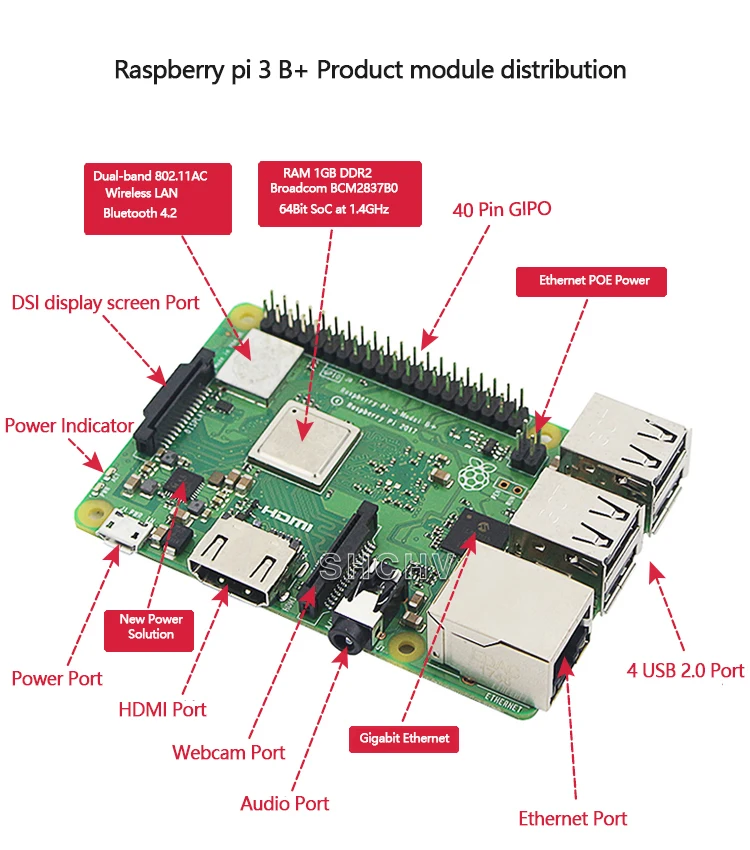 In addition to the retro form factor, the Raspberry Pi 400 features a switched-mode power supply, enhanced cooling, and a processor which can be overclocked to 1.8 GHz.
In addition to the retro form factor, the Raspberry Pi 400 features a switched-mode power supply, enhanced cooling, and a processor which can be overclocked to 1.8 GHz.
As well as being a cheap desktop replacement, the Raspberry Pi 400 is exemplary as a starting point for Raspberry Pi cyberdecks.
The Raspberry Pi 400 is not quite as popular as the bare model Pi 4 due to its limited use cases, and because of this it is more likely to be in stock at Raspberry Pi approved retailers, and is less subject to price gouging. Right now, The Pi Hut has limited stock of the Raspberry Pi 400 available for $69.91 in some world markets, but not in the United States. Shipping from Pi Hut’s German, Italian, or Spanish store will cost an extra $20—or around $30 if you want to receive your Raspberry Pi 400 within four days.
Prices for the Raspberry Pi 400 on Amazon start at around $150.
Where to Buy a Raspberry Pi Pico
Aimed squarely at hobbyists and makers, the Raspberry Pi Pico is a tiny microcontroller board, used to power IoT (Internet of Things) devices, digital signage, and even e-readers. With 264kB of RAM and 2MB of flash memory, the Raspberry Pi Pico can be programmed to perform a variety of specialized tasks with a range of languages including Rust, C, and MicroPython. The Raspberry Pi Pico W was released in June 2022, adding Wi-Fi and Bluetooth capabilities to the board. Officially, the Raspberry Pi Pico is priced at $4, while the Raspberry Pi Pico W should sell for $6.
With 264kB of RAM and 2MB of flash memory, the Raspberry Pi Pico can be programmed to perform a variety of specialized tasks with a range of languages including Rust, C, and MicroPython. The Raspberry Pi Pico W was released in June 2022, adding Wi-Fi and Bluetooth capabilities to the board. Officially, the Raspberry Pi Pico is priced at $4, while the Raspberry Pi Pico W should sell for $6.
Right now, Cytron Marketplace has an abundance of Raspberry Pi Pico and Raspberry Pi Pico W boards available with or without pre-soldered headers.
Raspberry Pis Are in Short Supply, but You Can Still Buy Them
While supply chain and demand issues have made it difficult to buy a Raspberry Pi at a reasonable price, it can still be done. You may need to continuously refresh the sales page or ask to be notified when your preferred model of Raspberry Pi is in stock. If you’re in a hurry, but unwilling to pay Amazon prices, you can always have your Raspberry Pi shipped from abroad and save money by doing so.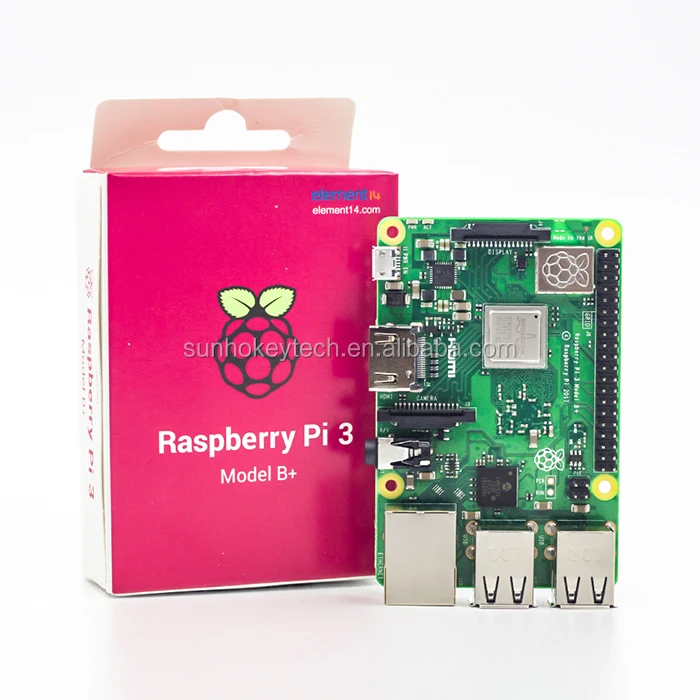
Where to Buy the Raspberry Pi 4
Skip to main content
When you purchase through links on our site, we may earn an affiliate commission. Here’s how it works.
Raspberry Pi 4 (Image credit: Tom’s Hardware)
The Raspberry Pi 4 B launched back in June 2019 and for almost a year the 4GB flagship model ruled supreme. But recently we have seen the introduction of a new top-of-the-line 8GB model, offering twice the RAM for a slick desktop experience. We’re starting to see more stores that have the Pi 4 B in stock, particularly in the U.S. That’s good because the newest Raspberry Pi has a significantly faster CPU, more RAM, USB 3.0 support and the ability to output to dual monitors at 4K. If you are looking to snag the latest slice of Raspberry Pi technology, check out the links below.
Where to get a Raspberry Pi 4 in the U.S.
- Microcenter has the Pi 4 in 2, 4 and 8GB capacities in kits from $88.99. If you need a kit with accessories and live near a Microcenter, this is the place to buy your Pi.

- Amazon.com has a number of Raspberry Pi 4 starter kits that come with power supplies, HDMI cables and other needed accessories. However, you can’t find the bare boards there. The best deal going is the CanaKit Raspberry Pi 4 Basic Starter Kit , which starts from $62 (2GB) $82 (4GB) and $120 (8GB).
Those prices are a premium over the price of the bare board, and for that you get a power supply, on/off switch, micro HDMI to HDMI cable, a fan and a case. The case’s top cover obstructs the GPIO pins, which means you may not want to use it, but the other accessories are probably worth the premium.
- CanaKit.com has the Raspberry Pi 4 B in stock in multiple configurations and it even has the bare boards at their MSRPs, but you’ll have to pay for shipping. Also has a ton of starter kits.
- Vilros.com has its own set of Raspberry Pi 4 starter kits and sells the bare boards also. Low-speed shipping starts at $6.95.
- Adafruit.com also stocks the Raspberry Pi 4 as a bare board from $35 for the 2GB model.
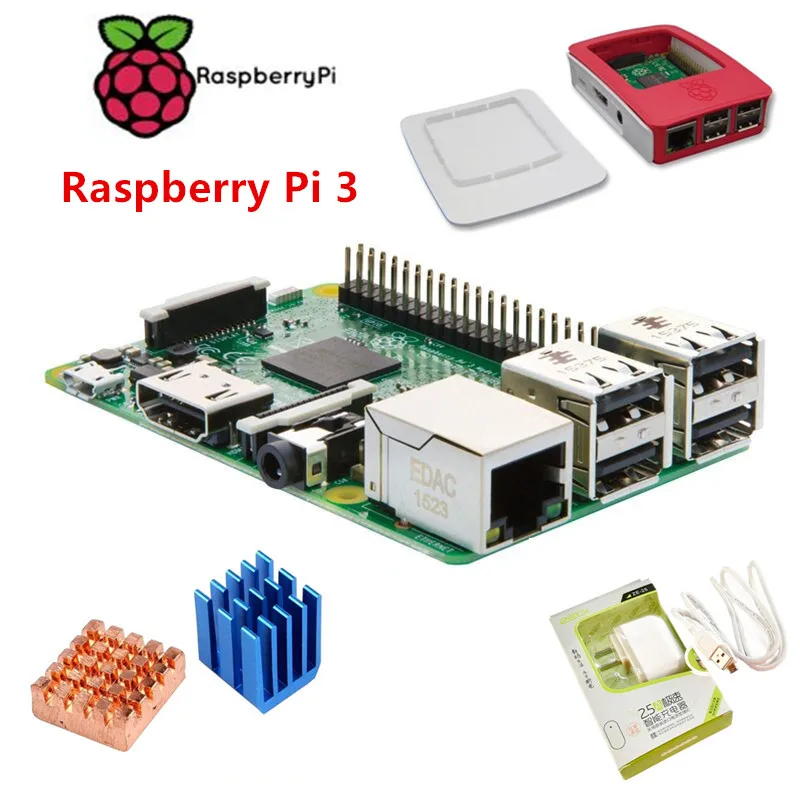
- seeed stock the full range of Raspberry Pi 4 models, starting from $45 for the 2GB model.
Where to get a Raspberry Pi 4 in the U.K.
- Pimoroni not only has all three models of Raspberry Pi 4 B, but also offers a ton of its own branded accessories. The Pibow Coupe 4 is the best Pi 4 case we’ve tested by far.
- The Raspberry Pi brick-and-mortar store in Cambridge has all the models if you buy in person.
- Thepihut.com currently has the Raspberry Pi 4 in stock in the U.K as well, with slightly longer shipping times.
- CPC stock large quantities of Raspberry Pi 4 boards and kits from £33.
The new Raspberry Pi 4 features 1.5GHz quad-core 64-bit ARM Cortex-A72 CPU, with the option of 2GB, 4 GB or 8GB of LPDDR4 SDRAM, a throughput for gigabit Ethernet, 802.11ac wireless networking, Bluetooth 5.0, and two USB 3.0 ports along with two USB 2.0 ports.
We will be updating this story as more retailers start stocking the Raspberry Pi 4, so make sure to check back for more information as it becomes available.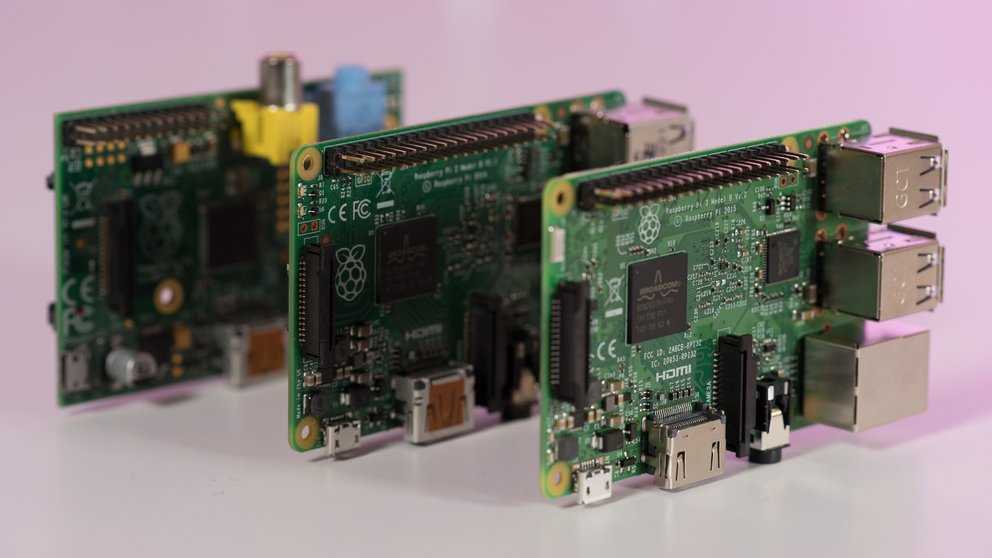
MORE: Raspberry Pi GPIO Pinout: What Each Pin Does
MORE: How to Use Raspberry Pi as a VPN Gateway
MORE: Raspberry Pi Tutorials
Get instant access to breaking news, in-depth reviews and helpful tips.
Contact me with news and offers from other Future brandsReceive email from us on behalf of our trusted partners or sponsors
Topics
Raspberry Pi
Tom’s Hardware is part of Future US Inc, an international media group and leading digital publisher. Visit our corporate site .
©
Future US, Inc. Full 7th Floor, 130 West 42nd Street,
New York,
NY 10036.
Trying to use Raspberry Pi 4 as a desktop. Part 1, Raspbian / Habr
Hello Habr.
Since the introduction of the Raspberry Pi 4, there have been many more people who want to use this microcomputer as their main PC. The computing power of the Pi4 is already quite good, and a full-fledged Linux “on board” sounds promising. I have long been interested in the possibility of using a portable and silent PC for simple tasks like typing this text, where a “real” desktop is redundant and a tablet is inconvenient. I bought a top model Raspberry Pi 4 with 8 GB of memory — it’s time to check how it works.
The computing power of the Pi4 is already quite good, and a full-fledged Linux “on board” sounds promising. I have long been interested in the possibility of using a portable and silent PC for simple tasks like typing this text, where a “real” desktop is redundant and a tablet is inconvenient. I bought a top model Raspberry Pi 4 with 8 GB of memory — it’s time to check how it works.
For those who are interested in what happened (spoiler — not everything works yet), details under the cut.
Why is this necessary?
Of course, the motivation for using the Raspberry Pi can be different. Someone may need an inexpensive Linux desktop for learning. Someone may not have money at all for a full-fledged PC. I have long wanted to have a 100% silent and low-power computer for use as a media center and «typewriter». I have already described the experience of using Samsung DeX as a desktop, and the experience as a whole turned out to be very positive — for typing and watching videos on the big screen, the power of my Galaxy S10 is enough.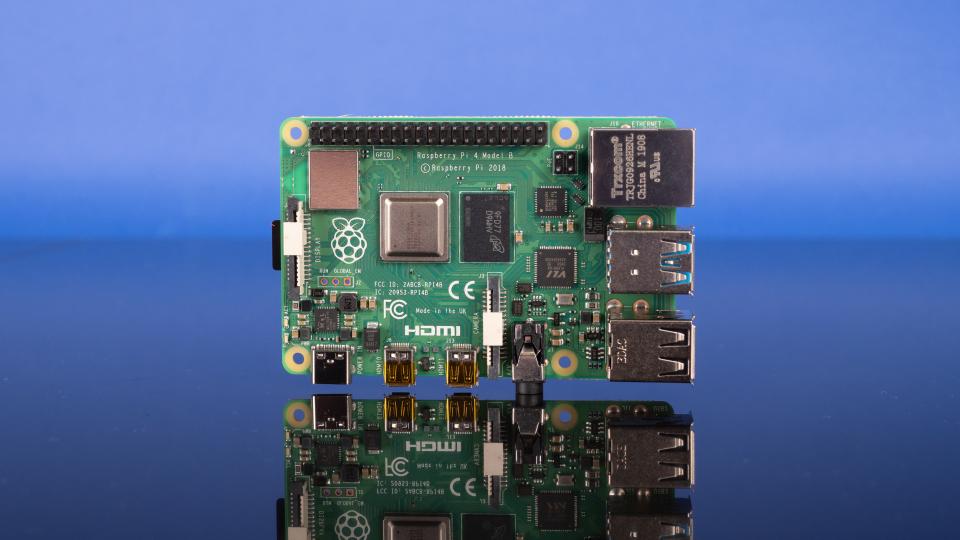 But the amount of software for Android that can fully work in desktop mode is very limited, and not every site is correctly displayed under Android in desktop mode. For example, here on Habré there are no tooltips for text formatting and comments icons, apparently the site’s programmers did not take into account that someone on Android would use a mouse.
But the amount of software for Android that can fully work in desktop mode is very limited, and not every site is correctly displayed under Android in desktop mode. For example, here on Habré there are no tooltips for text formatting and comments icons, apparently the site’s programmers did not take into account that someone on Android would use a mouse.
But DeX is still Android. Linux is another matter — complete freedom in terms of installing any libraries, components, a full-fledged console, USB, GPIO and working with hardware. Sounds promising, let’s see how it works.
Before starting, let me remind you that in order to fully use the Raspberry Pi as a desktop, you need good cooling. Because I basically did not want to have a cooler, I bought this case:
The case showed itself well in terms of heat dissipation, even with prolonged load there was no overheating or freezes.
As you know, a version of Ubuntu for Raspberry Pi has recently been released, and we will also test it.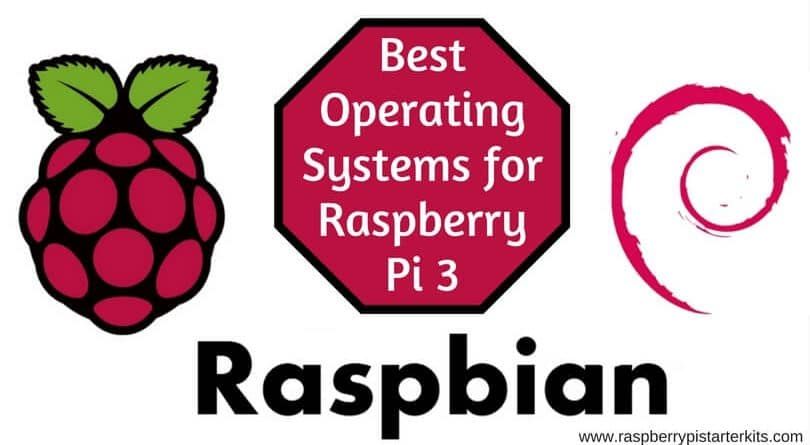 But first, it became interesting to look at the good old Raspbian, which has been familiar to DIY lovers for many years.
But first, it became interesting to look at the good old Raspbian, which has been familiar to DIY lovers for many years.
First impressions
First, let me remind you the characteristics of Raspberry Pi 4:
- processor Quad core Cortex-A72 (ARM v8) 64-bit SoC @ 1.5GHz
- memory 2/4/8GB LPDDR4-3200 SDRAM
- WiFi 2.4/5.0 GHz, Bluetooth 5.0, BLE
- Gigabit Ethernet port
- 2 USB 3.0 ports; 2 USB 2.0 ports.
- support for 2 monitors, micro-HDMI connectors (resolution up to 4kp60)
- support H.265 (4kp60 decode), h364 (1080p60 decode, 1080p30 encode)
According to the description, everything is fine. But the very first launch showed that the system was not working very quickly. The solution is simple — the processor frequency needs to be increased. By default, the OS works in a «sparing» mode, because. The Raspberry Pi comes without a heatsink and without a cooler, otherwise the system will simply hang. Solution: edit the config.txt file with command sudo nano /boot/config.txt and uncomment the two lines:
Solution: edit the config.txt file with command sudo nano /boot/config.txt and uncomment the two lines:
over_voltage=2 arm_freq=1750
After that, everything became noticeably more pleasant. Web-benchmark showed an increase of 36 to 48 «conditional units».
An inconvenient flaw is the lack of a power button and sleep mode on the Raspberry Pi. If the system is turned off, it can only be turned on by plugging the power supply. Putting the OS into «sleep mode» is also not possible, there is no power management system on the board. Although you can use a USB cable with a switch — cheap and cheerful:
Power consumption, by the way, is quite moderate, when playing video through a browser, it consumes a little less than 5 W: consumes approximately 3 watts.
Browser
With the browser, everything turned out to be not so simple. First, Raspbian ships with the Chromium browser. And Chromium != Chrome. I don’t know if they have the same core, but some news sites did not open the video, and Amazon Prime refused to work at all, displaying an incompatible browser message. The movie window itself opens normally:
And Chromium != Chrome. I don’t know if they have the same core, but some news sites did not open the video, and Amazon Prime refused to work at all, displaying an incompatible browser message. The movie window itself opens normally:
But when you try to play something, an error message is displayed:
Attempts to change the User Agent did not lead to anything, the error was generated in another place.
Edit : There are several instructions on the internet for installing the «Widevine Content Decryption Module» DRM component by extracting it from a Chrome OS image. Several of the published scripts did not work, finally, a working instruction was found on this site.
Youtube opens normally, but a click was heard during audio playback. It seems that this should not be, because the Raspberry Pi 4 manufacturers promised support up to 4K. As it turns out, this is a known issue in Linux when playing audio over HDMI, and can be fixed by editing the /etc/pulse/default.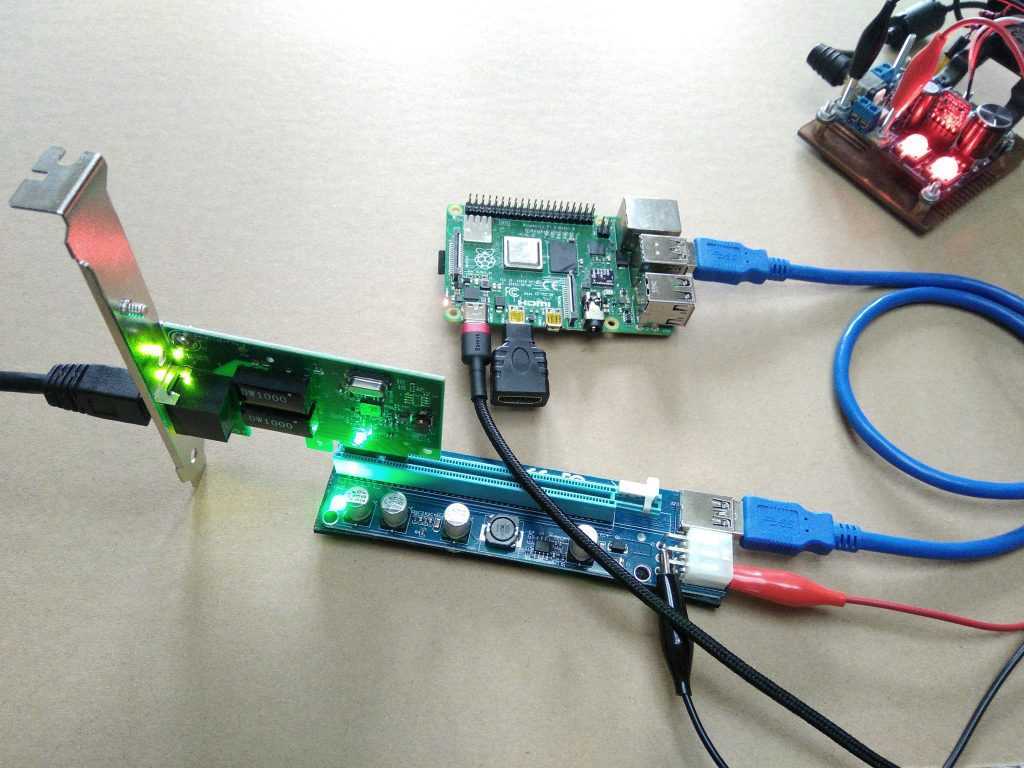 pa file. After that the sound became normal.
pa file. After that the sound became normal.
Other sites like Gmail and Google Docs work, although not fast.
Text editing here on Habré works without problems, but inserting pictures into habrastorage via the clipboard does not work.
The web.basemark.com benchmark ran for a long time, and as a result gave a score of 64.8 «parrots»:
For comparison, the latest Microsoft Surface X scores 457 in the same test — the difference almost corresponds to the difference in the price of devices.
In the comments there was a question about WiFi speed, here are the results shown by SpeedTest:
The Galaxy S10 smartphone showed twice the download speed (64.3 MBps) and the same (19.6 MBps) upload speed with the same WiFi. Perhaps the speed drops due to the metal case of the Raspberry Pi, but 33 Mbps is enough for real use.
Programming
With programming, everything can be said, not bad.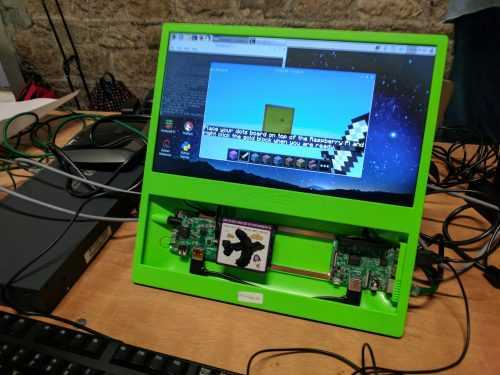 Of course, a professional desktop Raspberry Pi 4 will not replace, but in principle, almost all languages and libraries, from Python to Fortran, can be run on Raspberry Pi.
Of course, a professional desktop Raspberry Pi 4 will not replace, but in principle, almost all languages and libraries, from Python to Fortran, can be run on Raspberry Pi.
For Python, by the way, there is a simple but convenient Mu editor:
Scratch is available for very young children:
In general, for learning to program or just for learning and experimenting with linux Raspberry Pi is quite good. And even the absence of a disk is rather a plus here — even if the system is “screwed up” completely, you can pull out the SD card and refill the image in 5 minutes.
As for Linux itself, console commands, bash and other things — everything works as standard and «as expected», there are no difficulties here. An example of displaying system loading in htop with a running browser and several programs:
The CPU usage is low as you can see, but playing a video in the browser raises it to about 70%. If you do some kind of “stress test” by opening several browser tabs with large documents, youtube, a graphics editor, explorer, then the CPU usage is limited to the maximum (which is not surprising), but there is enough memory with a large margin:
It can be assumed that that the 8 GB version is overpriced, and the 4 GB model would be more than enough. Finally, processor information:
Finally, processor information:
Conclusion
The text of this article is typed on Raspberry Pi. So far, the impressions of the device are ambiguous. On the one hand, compared to older models, the performance increase is quite good, and the system, in principle, can be almost 100% usable. On the other hand, not everything works yet, although it is hoped that future updates will fix some of the problems. And finally, it would be strange to demand a lot from a $50 PC — in terms of price / quality ratio, the system can be considered quite good.
Description of installing Ubuntu on Raspberry Pi 4 is available in the second part.
3 Ways to Boot Multiple OS on Raspberry Pi
The Raspberry Pi has so many strengths. It is flexible, suitable for desktop use as easily as it is for stop-motion video recording. The versatility and portability of the Pi is superior to almost any small form factor computer, thanks to a creative user base and excellent support from the Raspberry Pi Foundation.
But he has one weakness. Using an SD card means the Pi is locked to a specific configuration. This can be problematic if you’re working on a camera project, for example, and want to switch to a Bluetooth speaker.
You usually have two options: you can back up the OS for , reformat the SD card and write a fresh new version, or just buy a new SD card. The problem here, of course, is keeping track of what’s on which card, not to mention the cost of buying new cards.
A third option is available but usually overlooked: installing multiple operating systems on your Pi. Let’s see how it works.
1. Multiple Pi operating systems with NOOBS
Perhaps the most widely used tool for those who want to install more than one operating system on their Raspberry Pi, NOOBS is available for free from the Raspberry Pi website.
Ostensibly an installation tool, NOOBS can be used to easily install one or more operating systems onto a Raspberry Pi SD card. The Raspberry Pi 3’s official microSD card support limit is 32GB, so there should be enough space to install and boot multiple OSes.
To use NOOBS, all you have to do is download the installer, unzip the contents, and copy them to your SD card. You can then insert the card into your Raspberry Pi, boot up, and use the NOOBS menu to select one or more operating systems to install. Several operating systems are available, from the standard Raspbian to media center options such as OpenElec. You have a choice of two versions of NOOBS: an online installer that downloads the OS of your choice, and an offline installer with all the preloaded operating systems you can choose from.
Our guide to installing Raspberry Pi operating systems with NOOBS will illustrate this in more detail.
When you’re done, every time you boot up the Pi, you can choose which OS you want to run. This is a really easy way to run multiple operating systems on your Raspberry Pi and is the best place to start.
2. Multiboot your Raspberry Pi with BerryBoot
Before NOOBS, there was BerryBoot. It’s a bootloader, not an installer.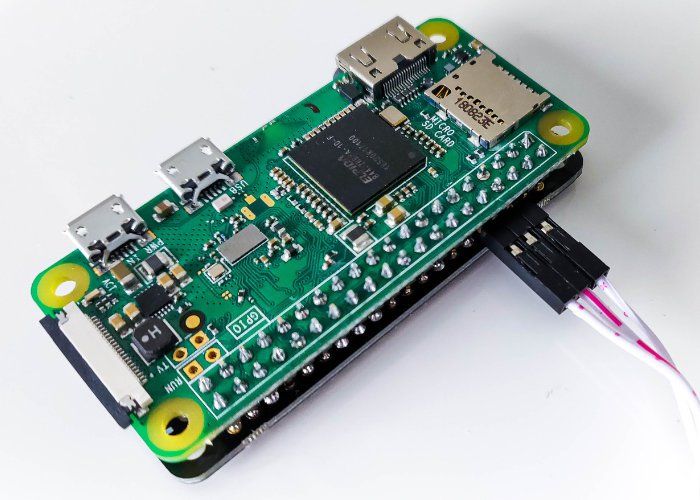 This slight difference means that it is optimized to run on multiple operating systems.
This slight difference means that it is optimized to run on multiple operating systems.
Like NOOBS, BerryBoot requires you to download the file, extract it, and copy the content to a formatted SD card. However, unlike NOOBS, BerryBoot does not have a standalone installer. You need to make sure your Raspberry Pi is connected to the internet in order to download your preferred operating systems.
From now on, you will need to customize your BerryBoot installation. BerryBoot supports installation on an SD card, USB devices, and even network drives. Our BerryBoot tutorial will walk you through the necessary steps.
Once you’re done, you’ll have a multi-boot Raspberry Pi limited only by the size of your SD card.
3. Run multiple operating systems on your Pi with a hard drive
We already know that the maximum microSD card storage on the Pi is 32 GB. What if you need more space? Fortunately, there is no such limitation for USB drives. Several of these hard drives are available, but we’re particularly impressed with Western Digital’s PiDrive.
With a 4GB microSD card, WDLabs PiDrive is compatible with Raspberry Pi 2, 3 or even Pi Zero. Please note that you will need a USB hub for additional devices on the Pi Zero. The kit also includes a dedicated cable designed to provide sufficient power to the Pi, PiDrive, and any connected peripherals. However, you will need to provide your own network adapter and cable.
We tried PiDrive and the results are impressive. You will find a customized version of NOOBS on the included microSD card. You can use this to install your preferred OS, including the ability to install various Raspbian Lite partitions.
Using PiDrive requires a display, keyboard, and mouse for initial setup, but once that’s done and you’ve got your PiDrive online, it’s a great solution. It is specifically designed to allow you to run multiple Pi operating systems, each for a different task or project. No more SD card formatting — just boot the OS from your hard drive!
The use of this device may go beyond maintaining different Pi images.
